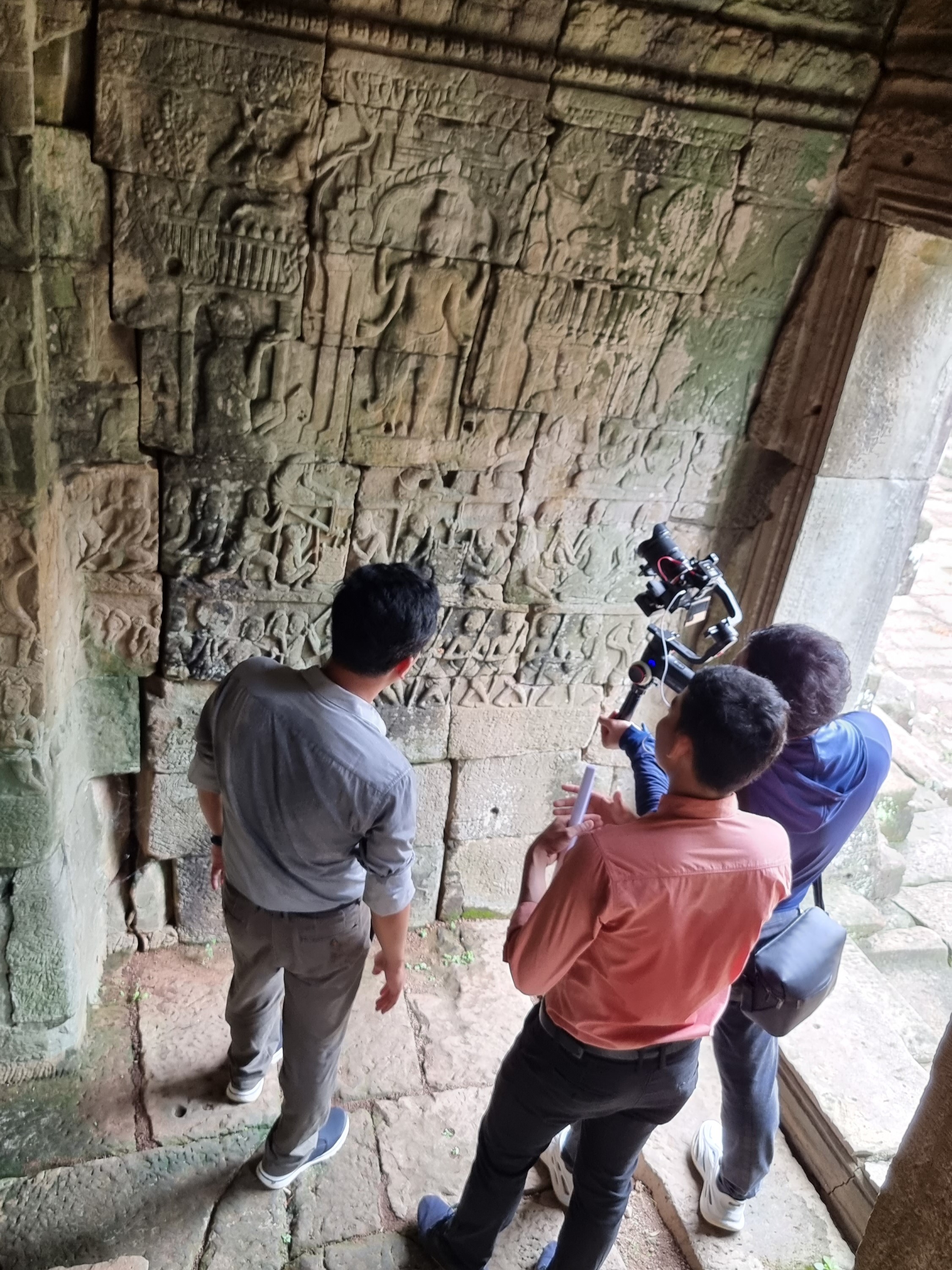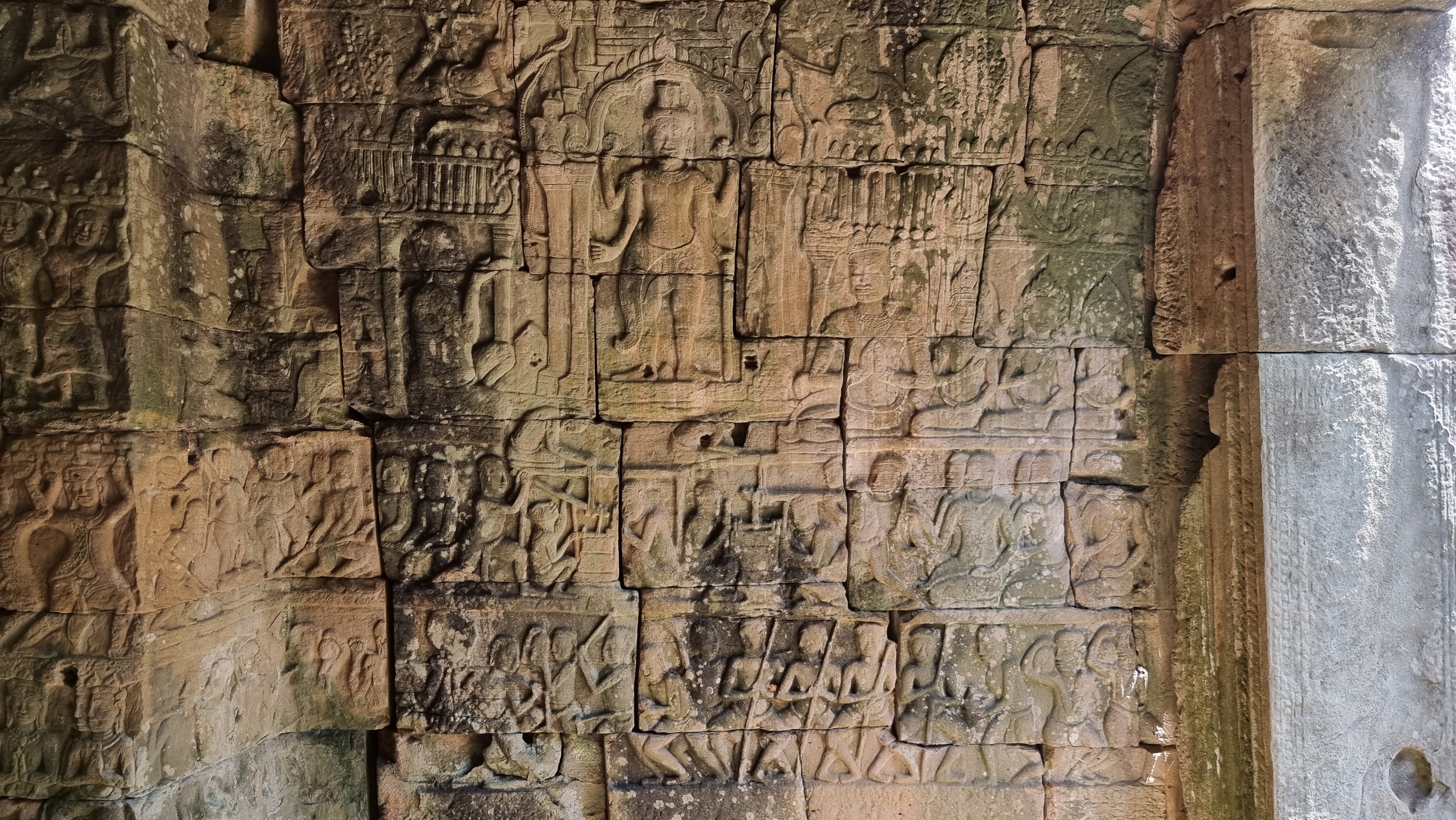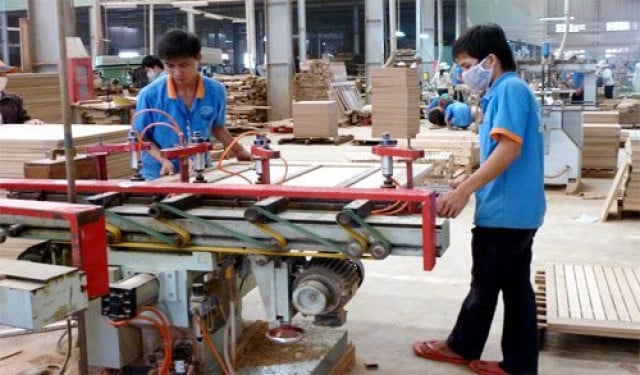Why Temple Stones Have Holes and Locks?

- By Isa Rohany
- January 6, 2024 7:00 PM
SIEM REAP — Approaching them as giant stone puzzles, pre-Angkorian and Angkorian engineers had to come up with techniques to ensure that their monuments would last as long as possible through time, all weather conditions, animal and human interference.
Although minor or extensive restorations may have been done with primitive or advanced techniques in the course of centuries, it is important to look into how the whole temple is still more or less intact prior to future revisitations.
Looking at the details, some restoration techniques may seem quite strange for the untrained eye.
_1704533178.png)
During an interview with Im Sokrithy, an archaeologist with the APSARA National Authority that manages the Angkor Archeological Park, he pointed out two details seen on temples that the general public frequently asked about. One being the shallow holes that are often seen on stones, and the other, the smaller stones appearing in some patterns among the bigger ones.
First, and contrary to popular belief, these toe-size holes are not areas where sacred or valuable objects were stored, Sokrithy said. “These holes were construction techniques used to grip stones using simple machines,” he said. “Small wooden rods were used, placing them in those holes to lift the stones.”
_1704533227.png)
Due to the complexity of working on those centuries-old structures that are the part of the country’s heritage and therefore priceless, restoring temples requires extensive studies, coordination, motivation, energy and skills, Sokrithy said.
“Since 2000, in order to understand the ancient construction techniques, Cambodian and international experts have used the temple of Ta Nei to study the construction process," he said.
Angkorian architects and engineers also left information regarding their work: Depictions of the temple’s construction can be seen in one section of the Bayon temple’s enormous collection of bas-reliefs. Hidden inside a small chamber on the upper level of the temple, various construction activities can be identified if one pays close attention.

Caption: A small chamber at Bayon temple with bas-relief depicting an ancient construction site. Photo: Ky Chamna

Caption: Bas-relief depicting an ancient construction site as seen in a small chamber at Bayon temple. Photo: Ky Chamna
One technique Khmer temple builders used was interlocking stones, he said. Smaller in size but crucial in duty, those stones were meant to prevent the larger stones from moving.
“When looking at the stone arrangement of temples, the pattern is not homogenous,” Sokrithy said. “When working with blocks of stone of immense size and weight, it is important to have some kind of locking mechanism to restrict unwanted stone movement.
_1704533554.png)
Caption: Professor Im Sokrithy walking down a grand staircase of Angkor Wat temple. Photo: Sem Vanna
“In order to keep large stones from moving, we need this smaller stone as locks,” he said. “For temple restorers, it is important to locate these interlocking stones before the puzzle can be disassembled.”
What is even more fascinating than the temples themselves are the logistical challenges behind their construction. As Sokrithy pointed out, religion was not the only focus when building a temple in the past. There were other elements ranging from medicine, astronomy and philosophy to architecture and engineering that played a role before monuments of this size could exist, he added.
Conducted in Khmer for ThmeyThmey News, the story was translated by Ky Chamna for Cambodianess News.















